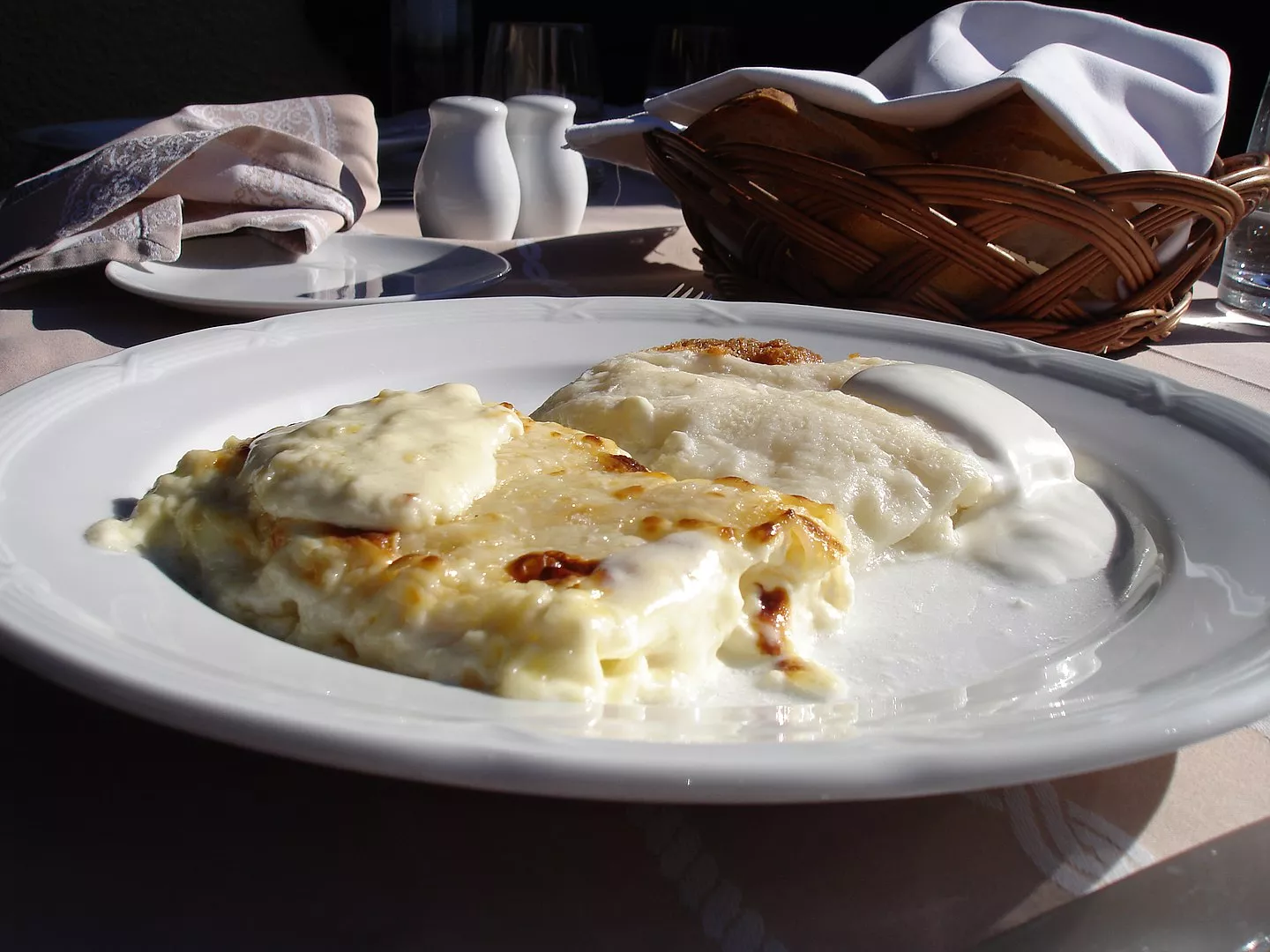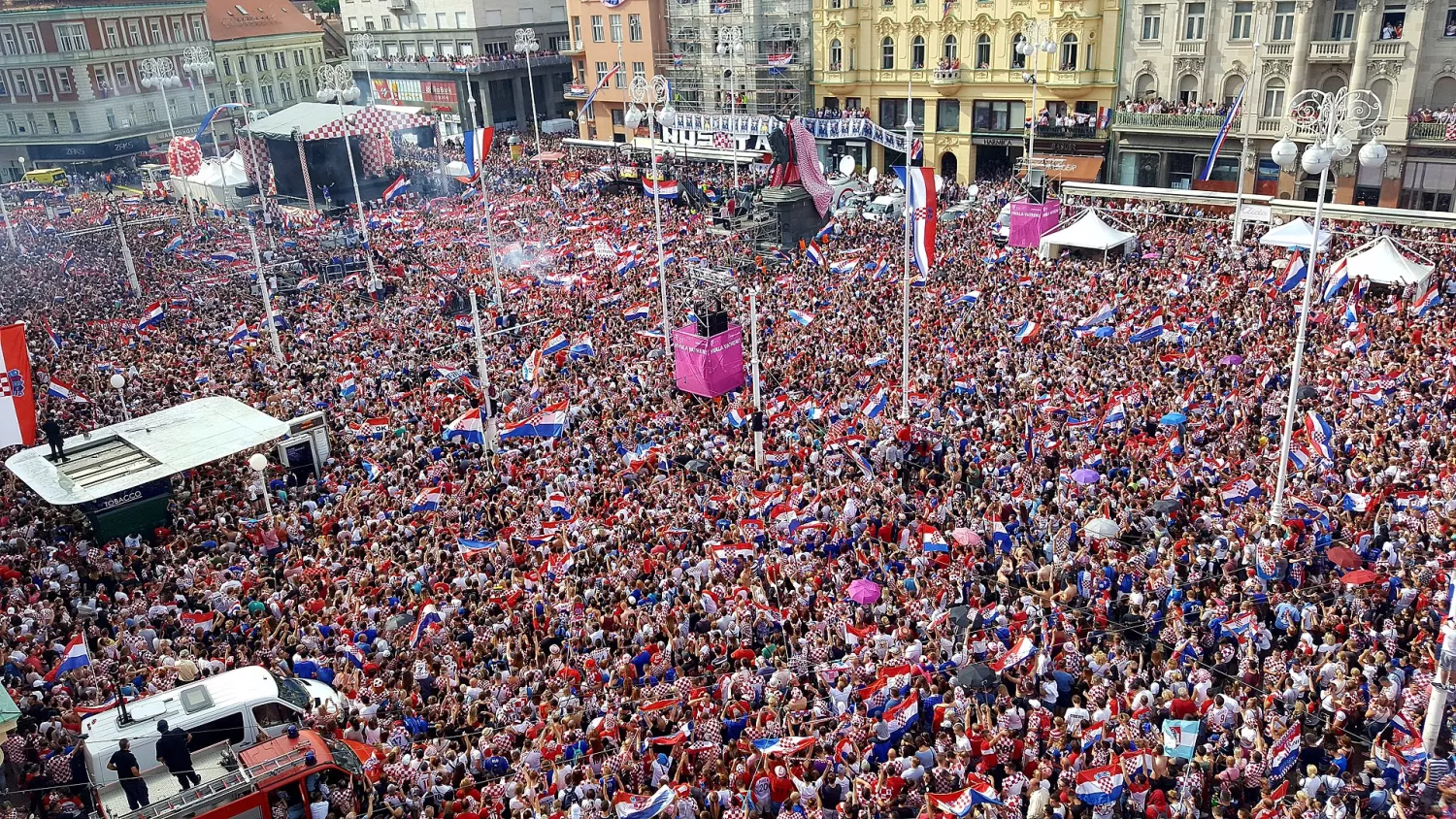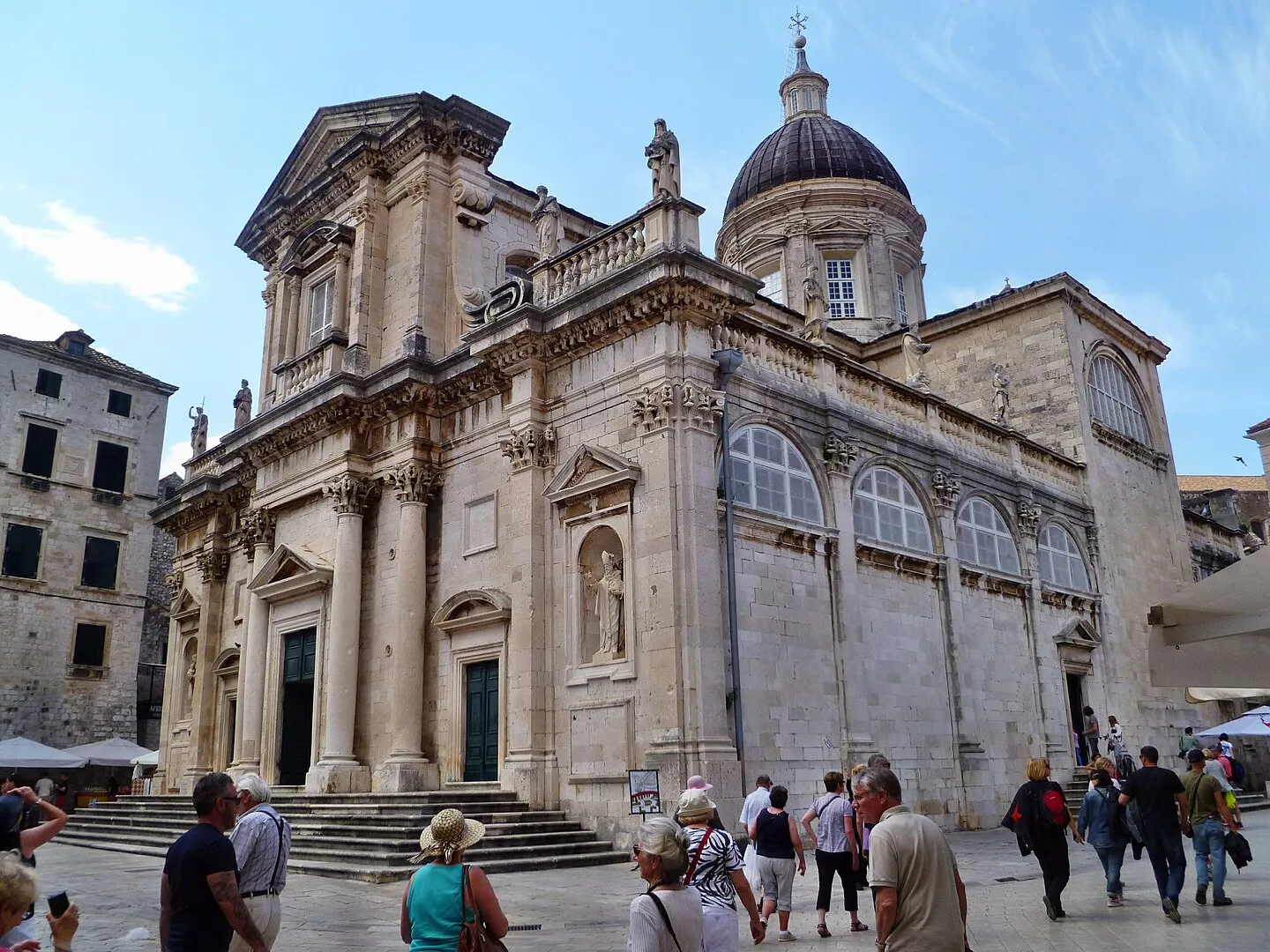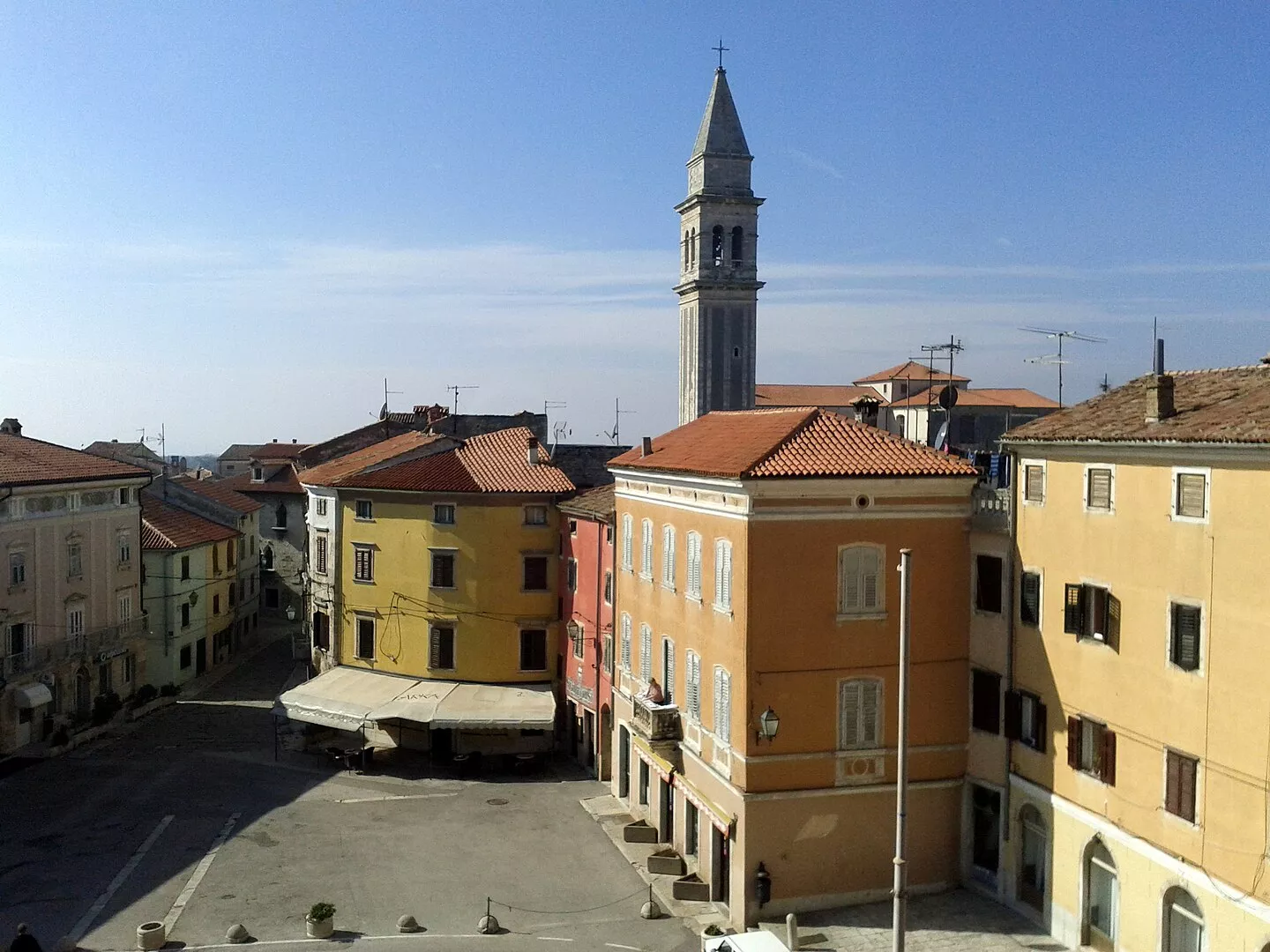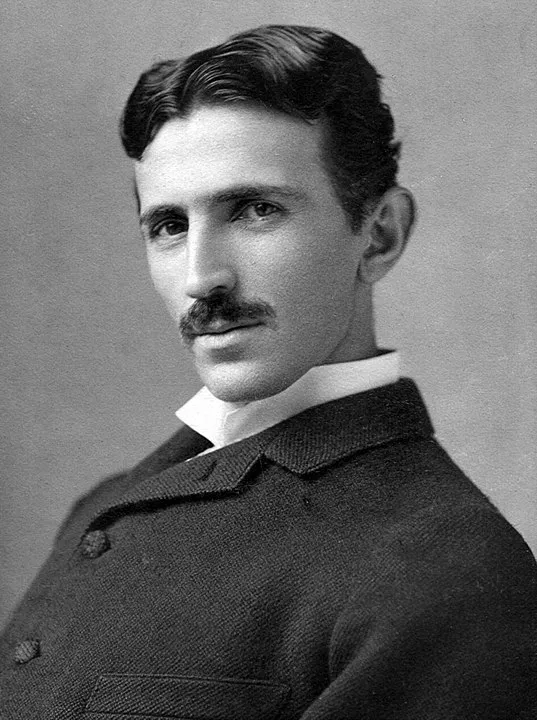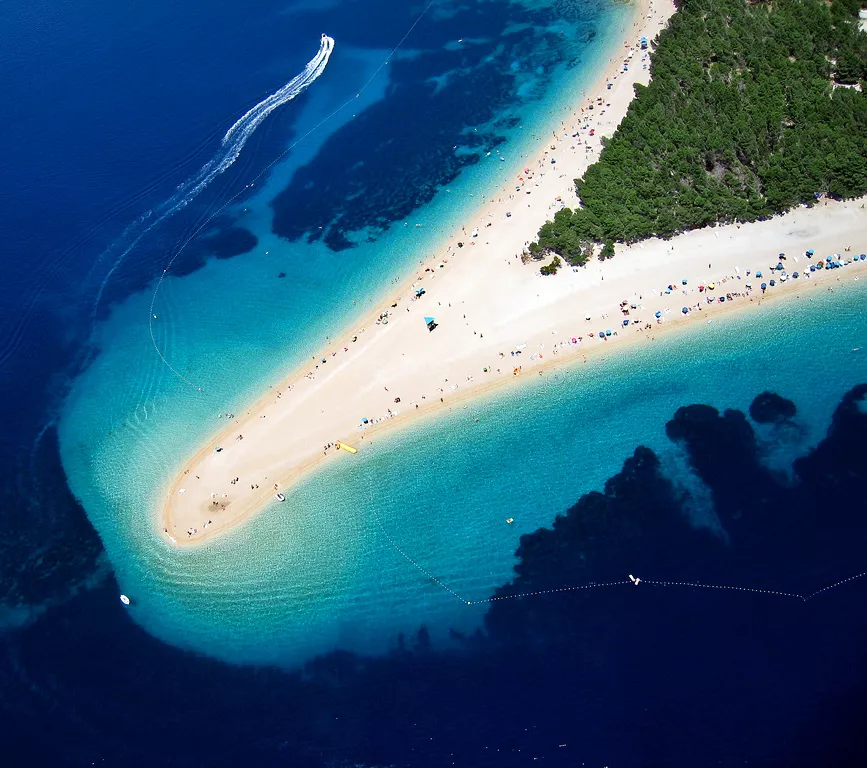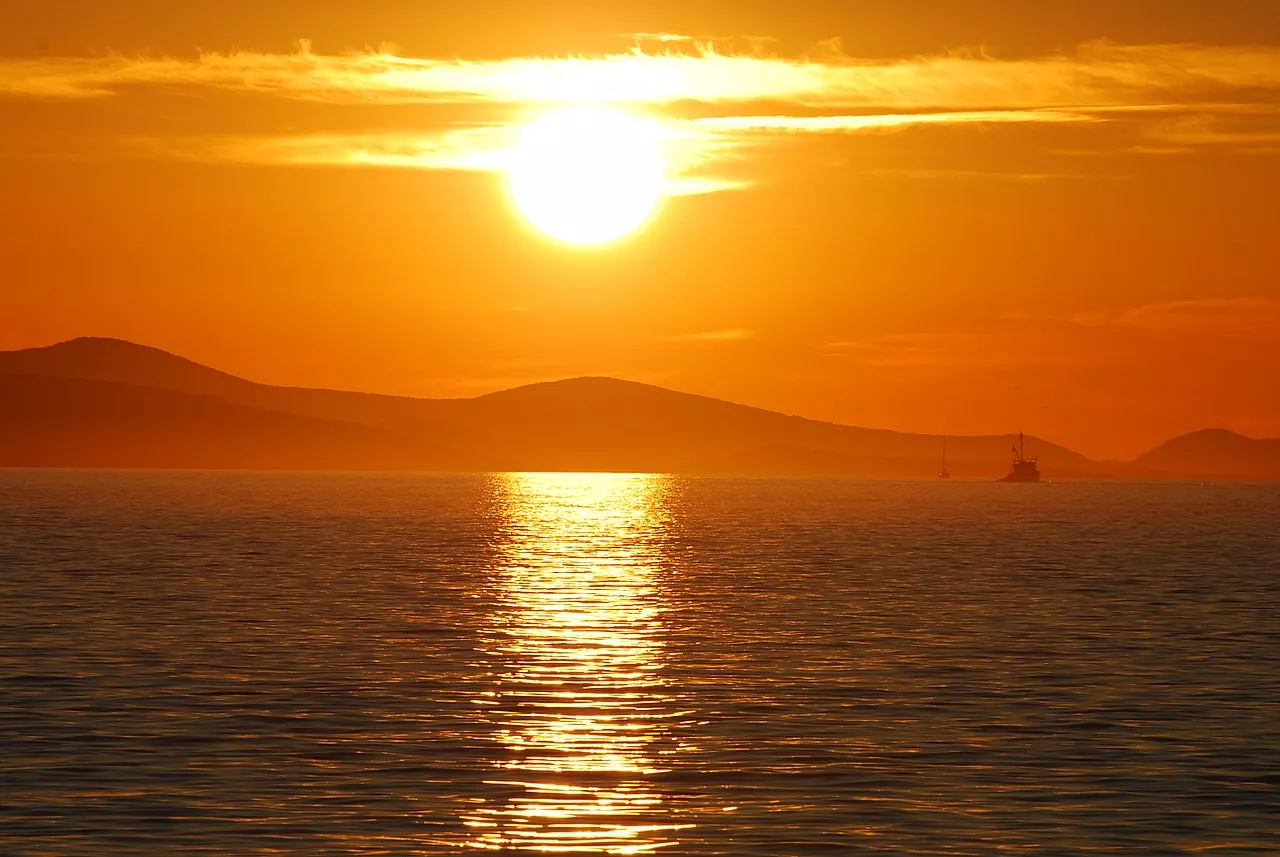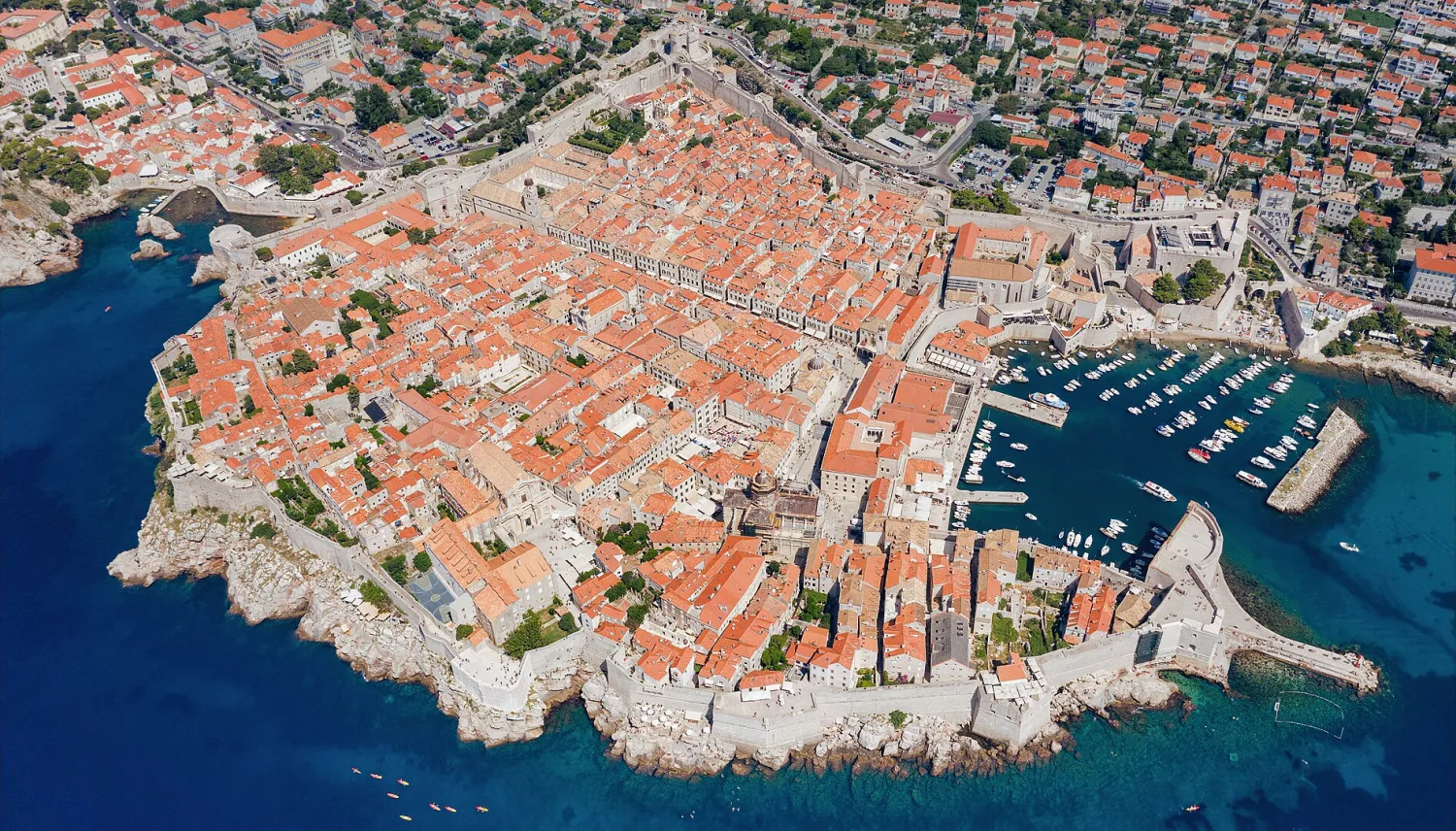Fascinating Facts and Curiosities About Croatia
With such an important history, fascinating culture, and incredibly beautiful scenery, it is no surprise that Croatia boasts a great number of interesting facts and curiosities. This article will present the most significant ones, serving as a comprehensive guide to consult while waiting for the next ferry or after a long day of walking through one of its stunning cities along the Adriatic coast.
Table of Contents
Hide
1. Origin of the Tie
Croatia is credited with the invention of the tie, which became popular in the 17th century. Originally worn as a colorful scarf tied around the neck, it symbolizes style and elegance. Zagreb celebrates World Tie Day on October 18th with public programs and activities.
2. Invention of the Torpedo
Ivan Luppis, along with Robert Whitehead, developed the idea of the torpedo in Rijeka. Their goal was to create a crewless machine capable of destroying ships and controlled from land. The first experiments occurred in 1866, followed by the establishment of the world's first torpedo factory by Whitehead in 1867. The Torpedo Museum in Rijeka provides further information on this invention.
Invention of the Torpedo: Ivan Luppis, along with Robert Whitehead, developed the idea of the torpedo in Rijeka. Their goal was to create a crewless machine capable of destroying ships and controlled from land. The first experiments occurred in 1866, followed by the establishment of the world's first torpedo factory by Whitehead in 1867. The Torpedo Museum in Rijeka provides further information on this invention.
3. Galešnjak
The Heart-Shaped Island: Galešnjak, also known as "Lover's Island," is a heart-shaped island located between Pašman Island and Turanj town in Croatia. It's a popular destination for honeymooners due to its romantic shape.
4. Emigration from Croatia
Economic and political instability has led to extensive emigration from Croatia, with over four million Croats living outside the country. The largest number resides in Bosnia and Herzegovina, followed by countries like the US, Chile, Australia, and New Zealand.
5. UNESCO Intangible Cultural Goods
Croatia boasts one of the highest numbers of UNESCO Intangible Cultural Goods, with approximately 17 recognized cultural practices, traditions, and skills, including lace-making tradition of Pag, Ojkanje singing, and Falconry.
6. Museum of Illusions
Founded in Zagreb in 2015 by Roko Živković and Tomislav Pamuković, the Museum of Illusions has become a global success, with around 35 locations worldwide. It showcases optical illusions that trick the brain.

Image courtesy of Museum of Illusions Zagreb

Image courtesy of Museum of Illusions Zagreb

Image courtesy of Museum of Illusions Zagreb
7. Zagorski Štrukli
Zagorski Štrukli, made with dough and various fillings like cheese, is considered the national dish of Croatia. Its soft and flaky texture makes it a favorite among locals and visitors alike.
8. Football Craze
Football is immensely popular in Croatia, with the national sport being football. The Croatian Football Federation governs the national football team, which has participated in numerous international competitions like FIFA World Cup, reaching the finals in 2018 and securing third place in 1998 and 2022.
9. Croatian Wines
Croatia is known for its delicious wines, with some varieties not widely exported, making them a delightful discovery for wine enthusiasts. The Dalmatian coast, particularly the Pelješac Peninsula near Dubrovnik, produces robust Plavac Mali red wines. Maraština, a white wine, is popular for its easy-drinking nature and pairs well with salads, seafood, cheese, and white meats.
10. Historic Churches
Croatia is home to captivating churches scattered across the countryside, coast, cities, and islands. Some notable examples include:
Zadar Cathedral (Cathedral of St. Anastasia): The largest church in Dalmatia, featuring Romanesque architecture and a marble sarcophagus of St. Anastasia.
Church of St. Donatus in Zadar: Known for its grand Byzantine-style circular structure dating from the ninth century.
Cathedral of St. James in Šibenik: A UNESCO-listed Renaissance and Gothic masterpiece completed in 1535 after 104 years of construction.
Cathedral of the Assumption of the Virgin Mary in Dubrovnik: A Baroque church with a sky-piercing domed roof, built on the site of older cathedrals.
Church of St. Blaise in Dubrovnik: A Baroque church honoring St. Blaise, the city's patron saint, featuring a 15th-century statue of St. Blaise holding a model of ancient Dubrovnik.
11. Culture and Identity
Croatia's culture and identity have been influenced by Central European, Mediterranean, and Balkan cultures. The Croatian language is believed to have formed in the 6th or 7th century, with written texts dating back to the 11th century Glagolitic texts.
12. Arts and Architecture
Croatia boasts a rich heritage of medieval churches, Roman monuments, and Renaissance and Gothic architecture. The country has a vibrant tradition of sculpture, painting, and modern art, with notable figures such as Ivan Meštrović and Vlaho Bukovac.
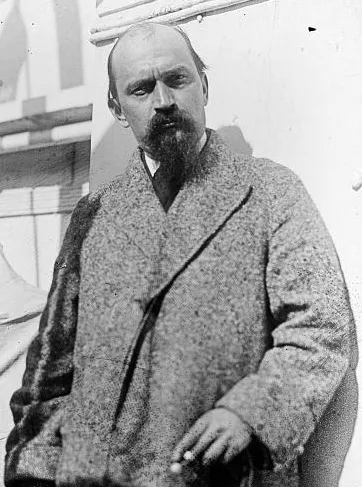
Croatian sculptor Ivan Meštrović (1883-1962) - George Grantham Bain Collection (Library of Congress), Public domain, via Wikimedia Commons
13. Literature and Media
Croatian literature dates back to the late 15th century, with early printing shops established in Kosinj. The Croatian film industry has a long history, with notable productions such as the first Croatian feature film "Brcko" in 1917.
14. Music and Performing Arts
Croatian music blends Central European and Mediterranean influences, with popular genres including pop, rock, schlagers, and chanson-inspired music. Croatia has a strong tradition of theatre, dating back to the Middle Ages, with performances ranging from dramas to puppet theatre.
15. Television and Cinema
Television was first introduced in Croatia in 1956, with steady growth in coverage and channels over the years. The Croatian film industry experienced a golden age in the 1960s, with notable productions and international recognition.
16. Home to the World’s Biggest Truffle
Croatia boasts the largest truffle in the world, weighing 1.31kg, earning a place in the Guinness Book of World Records. Istria, Croatia's wine country, is renowned for truffles, making it the best place in Europe for truffle hunting.
17. Game of Thrones Filming Locations
Dubrovnik's old town served as King’s Landing, while Split's Fortress of Klis was used for scenes in Meereen. Other filming locations include the island of Lokrum, St. Jacob Cathedral in Sibenik, and Krka National Park.
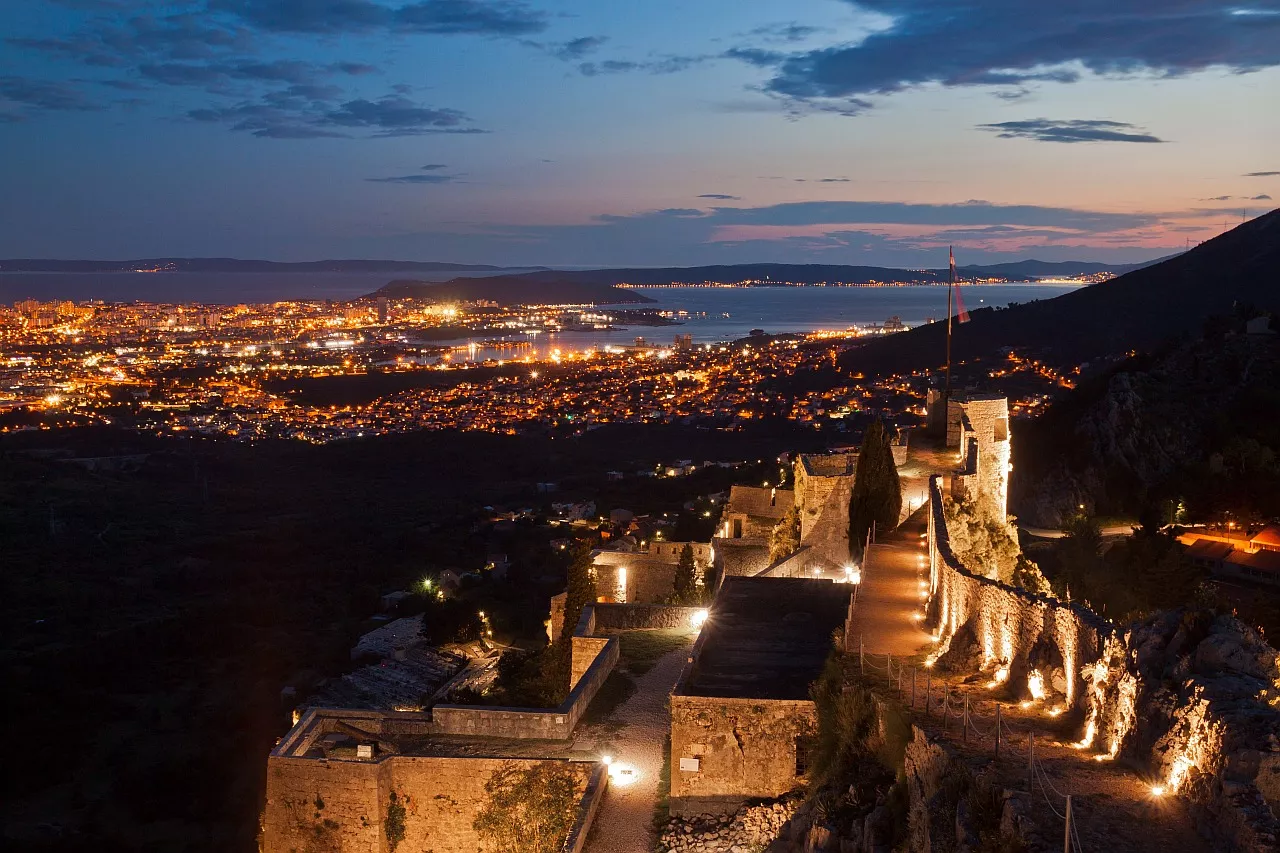
Klis Fortress at sunset. City of Split in the background - Ballota, CC BY-SA 4.0, via Wikimedia Commons
18. Neanderthals in Croatia
The Neanderthal Museum in Krapina displays 900 bones of Neanderthal humans, along with tools and artifacts, providing insights into their way of life.
19. World’s Smallest Town, Hum
Hum holds the title of the world’s smallest town, complete with city walls, a church, two small roads, and a mayor elected annually by carving votes into wooden sticks.
20. Dalmatian Dog Origin
The Dalmatian breed originates from Dalmatia, Croatia, as depicted in the movie "101 Dalmatians."
21. Mummies in Vodnjan
Vodnjan, known for its Gothic and Renaissance architecture, houses six mummies within the parish church of St. Blaise, making it a unique attraction.
22. Sunshine Hours
Croatia receives more than 2715 hours of sunshine annually, rivaling even sunnier destinations like Australia.
23. Oldest Inhabited City in Europe
Vinkovci, Croatia, holds the title of the oldest inhabited city in Europe, with a history spanning over 8,000 years.
24. Birthplace of Nikola Tesla
Nikola Tesla, renowned inventor and engineer, was born in Smiljan, Croatia. His reconstructed house and an exhibition center can be found there.
25. Maglite Flashlight
The Maglite flashlight, designed by Croatian Anthony 'Tony' Maglica, is another invention attributed to Croatia.
26. Zlatni Rat Beach
Zlatni Rat Beach on the island of Brac changes shape with the wind, creating a unique triangular formation.
27. Island Count
Croatia is home to 1244 islands, islets, and reefs, with less than 50 inhabited by people, making island hopping a popular activity.
28. Diverse Dialects
Croatia has numerous dialects, with variations from town to town, making communication challenging for some Croatians.
29. Best Sunsets in the World
Zadar, located in Dalmatia, is renowned for having the world's best sunsets, a title endorsed by Alfred Hitchcock.
30. Medieval Sewers in Dubrovnik
Dubrovnik still utilizes its medieval sewers from 1296, a testament to the engineering prowess of ancient Croatians.
31. National Parks
Approximately 10% of Croatia's landmass is designated as national parks, including Plitvice Lakes, Krka, and Paklenica, showcasing the country's natural beauty and biodiversity.


